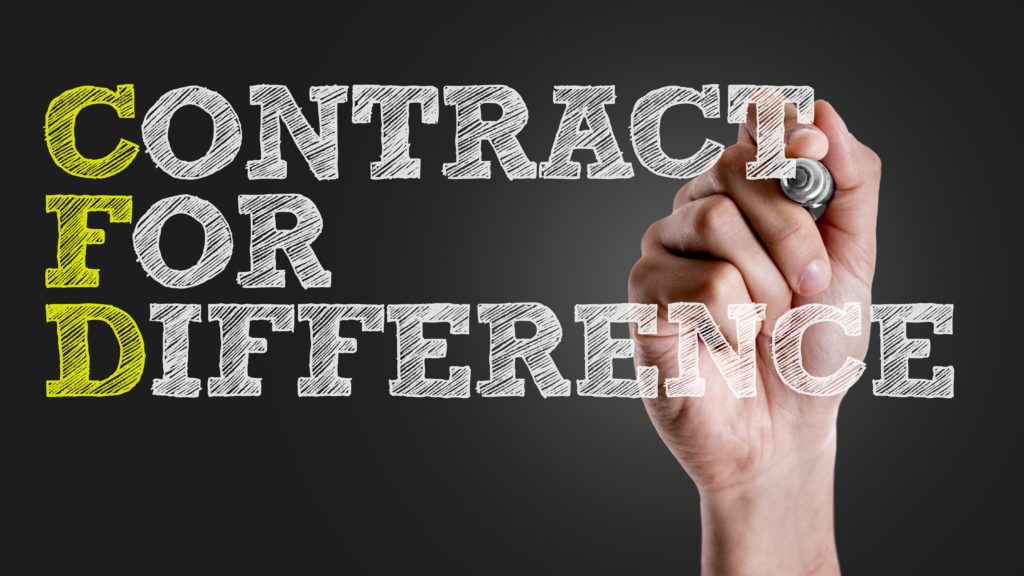According to the information released by Google concerning the most searched about topics on the Google platform, ‘what is CFD’ is one of the most searched questions. It’s not really difficult to see why this is the case when one considers the high volumes of promotional content regarding CFD trading online; people will, therefore, be in need to learn more about the creature called CFD trading which has been causing a huge buzz online and subsequently, start their trading adventures. In light of this, we have decided to share with all those who are fascinated by CFD trading the essential tips they need to know before they start their trading adventure.
Know Everything You Need to Know About CFD Trading
The first thing that all prospective CFD traders need to know before they can start their trading adventure is to know in depth all there is to know about CFD trading basically, this means being able to answer the question, what is cfd. Thanks to the internet, getting to learn more about CFD trading is not really a difficult thing more so if you have the passion and determination to learn. There are several guides’ online as well as video tutorials which outline all the ins and outs of CFD trading. Give yourself time to read these so you fully know the creature called CFD trading before you start using your money for trading purposes.
Buy Long (At First)
Prospective traders who read more about CFD trading before they start their trading adventure (as we advised above) will learn that there are different types of trades with the two common ones being buying long and selling short. For beginners, it’s advisable that you opt for the former when you are just starting your adventure i.e. you buy long. By buying long, you will buy long positions in the instrument that you are trading in be it commodities, indices, crypto or stocks. Buying long is advisable because it cushions the traders from early losses if the instrument the trader is trading in does fall in value soon after the trader has ‘purchased’ it. Selling short, on the other hand, is more lucrative but at the same time more risky as any slight downward movements may mean a loss for the trader. Without much experience of determining when the price of an instrument might fall or rise, it will be extremely difficult for a beginner to perfect the use of selling short.
Opt for High Margins (At first)
In CFD trading, there is something called stop loss orders. Basically, these ‘orders’ are put in place so as to cushion the trader from incurring heavy losses. Stop losses are operationalized by margins. What this means is that the trader sets a margin in which he would want the stop-loss order to come into effect when the price of an instrument he is trading in has fallen.
This margin can greatly affect the lucrativeness of the trade negatively when set too high and it can also affect the lucrativeness of the trade positively when set too low. However, for beginners, it’s advisable that they open high margins even though they are less lucrative. This is so because it gives them the security of not losing too much money when their trades fall in value, something which is very common among beginners.





